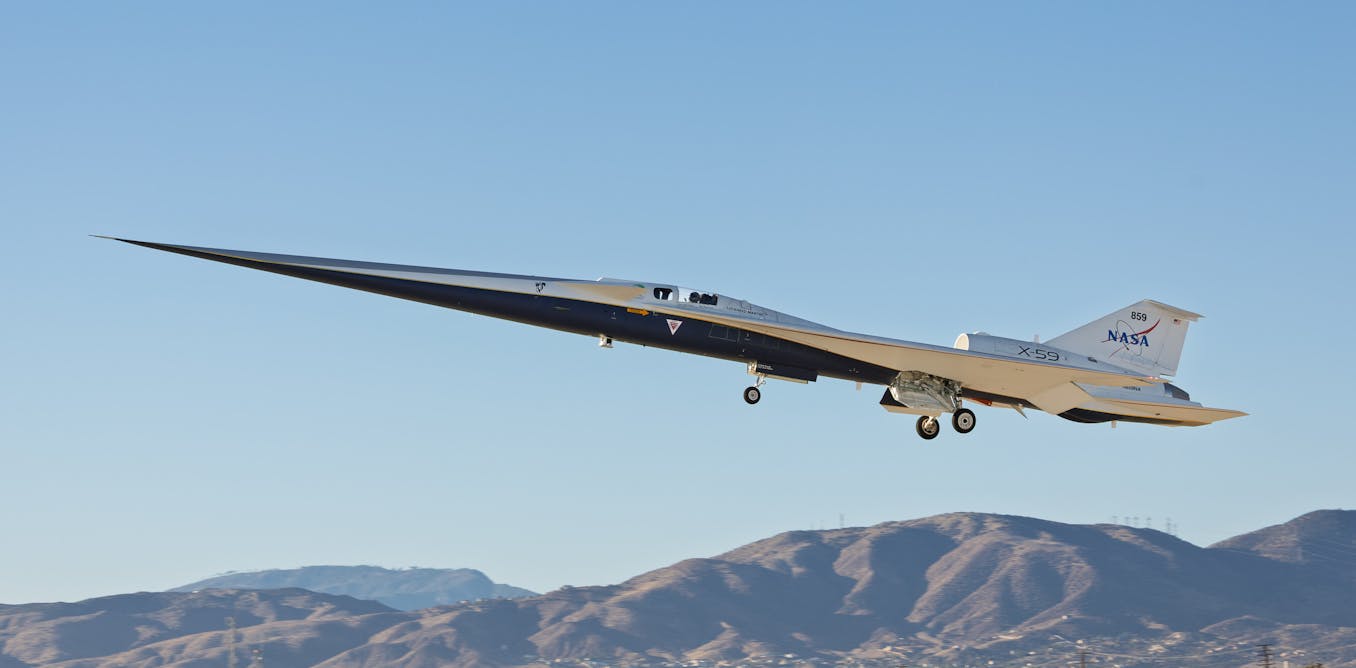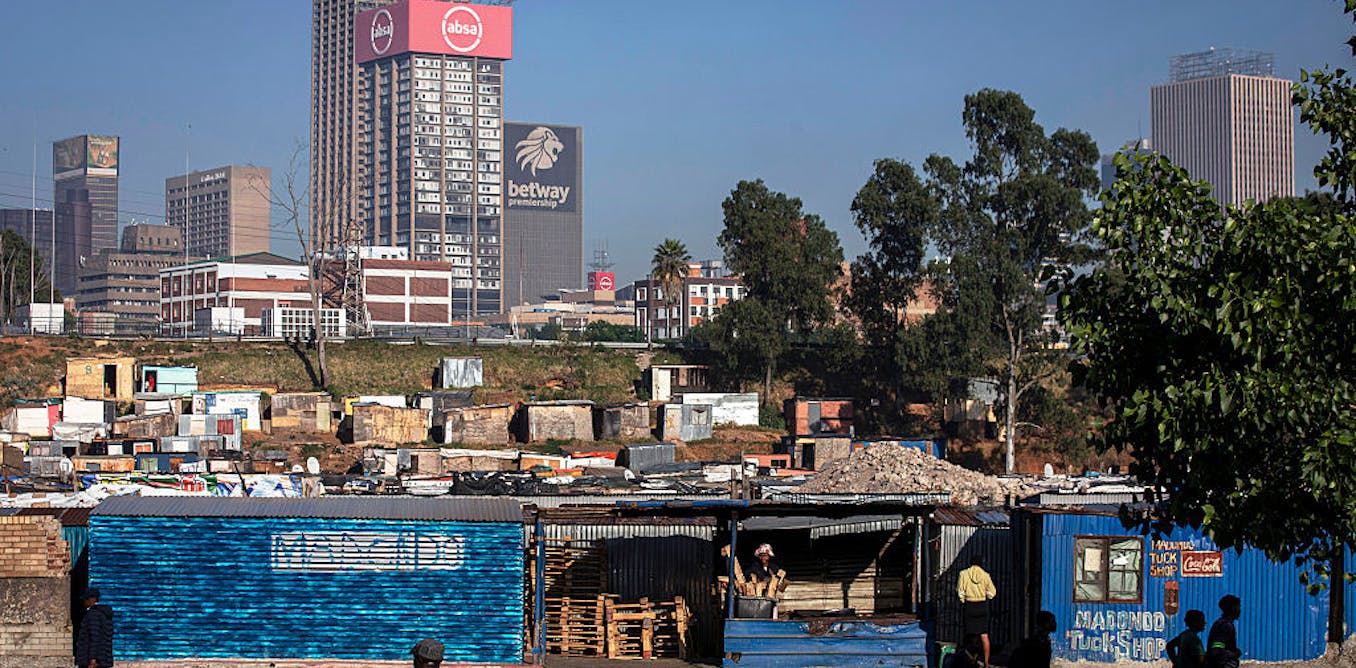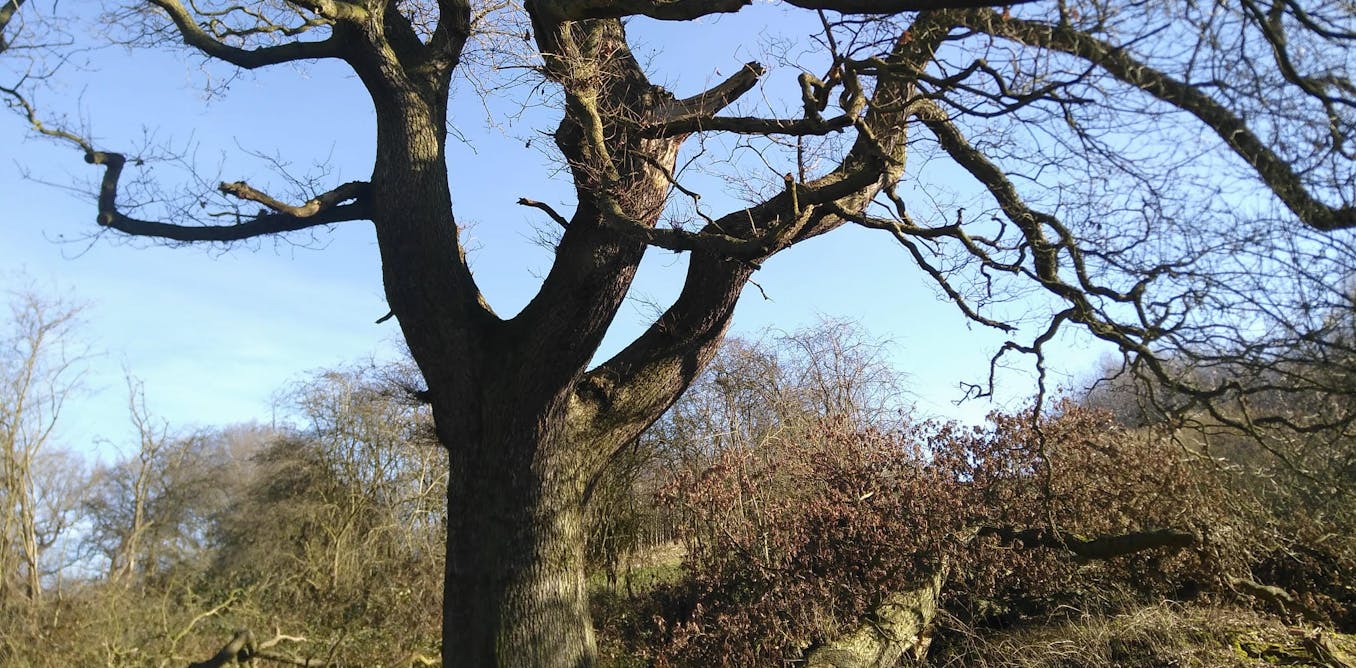Stephen Cass: Hello. I’m Stephen Cass, Special Projects Director at IEEE Spectrum. Before starting today’s episode hosted by Eliza Strickland, I wanted to give you all listening out there some news about this show.
This is our last episode of Fixing the Future. We’ve really enjoyed bringing you some concrete solutions to some of the world’s toughest problems, but we’ve decided we’d like to be able to go deeper into topics than we can in the course of a single episode. So we’ll be returning later in the year with a program of limited series that will enable us to do those deep dives into fascinating and challenging stories in the world of technology. I want to thank you all for listening and I hope you’ll join us again. And now, on to today’s episode.
Eliza Strickland: Hi, I’m Eliza Strickland for IEEE Spectrum‘s Fixing the Future podcast. Before we start, I want to tell you that you can get the latest coverage from some of Spectrum’s most important beats, including AI, climate change, and robotics, by signing up for one of our free newsletters. Just go to spectrum.IEEE.org/newsletters to subscribe.
Around the world, about 60 countries are contaminated with land mines and unexploded ordnance, and Ukraine is the worst off. Today, about a third of its land, an area the size of Florida, is estimated to be contaminated with dangerous explosives. My guest today is Gabriel Steinberg, who co-founded both the nonprofit Demining Research Community and the startup Safe Pro AI with his friend, Jasper Baur. Their technology uses drones and artificial intelligence to radically speed up the process of finding land mines and other explosives. Okay, Gabriel, thank you so much for joining me on Fixing the Future today.
Gabriel Steinberg: Yeah, thank you for having me.
Strickland: So I want to start by hearing about the typical process for demining, and so the standard operating procedure. What tools do people use? How long does it take? What are the risks involved? All that kind of stuff.
Steinberg: Sure. So humanitarian demining hasn’t changed significantly. There’s been evolutions, of course, since its inception and about the end of World War I. But mostly, the processes have been the same. People stand from a safe location and walk around an area in areas that they know are safe, and try to get as much intelligence about the contamination as they can. They ask villagers or farmers, people who work around the area and live around the area, about accidents and potential sightings of minefields and former battle positions and stuff. The result of this is a very general idea, a polygon, of where the contamination is. After that polygon and some prioritization based on danger to civilians and economic utility, the field goes into clearance. The first part is the non-technical survey, and then this is clearance. Clearance happens one of three ways, usually, but it always ends up with a person on the ground basically doing extreme…
Read full article: Using AI to Clear Land Mines in Ukraine

The post “Using AI to Clear Land Mines in Ukraine” by Eliza Strickland was published on 05/29/2024 by spectrum.ieee.org




































